Cahokia Mounds
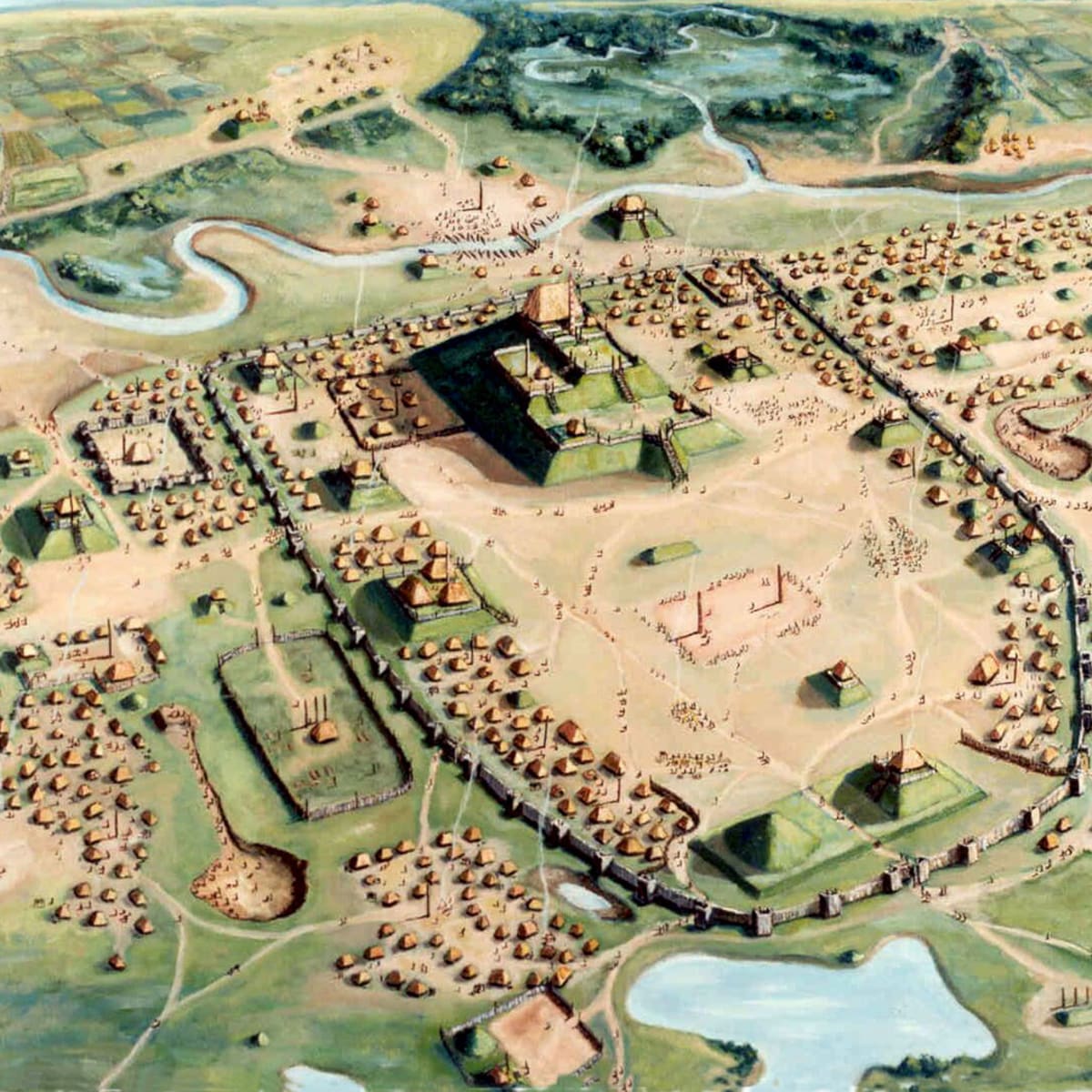
Cahokia Mounds in Illinois is an ancient Native American site town near Collinsville, on the banks of the Mississippi near St. Louis, and, more precisely, in the area known as American Bottom.
With its numerous man-made hills, Cahokia Mounds in Illinois is the largest archaeological site in the Mississippian culture, and the term “Cahokian” is sometimes used to refer to that culture.
It’s clear that the Mississippians developed advanced societies in eastern North America before the arrival of the Europeans.
Cahokia Mounds was declared a National Historic Landmark on July 19, 1964, and listed in the National Register of Historic Places on October 15, 1966. Cahokia Mounds State Historic Site became a World Heritage Site in 1982. The park covers 8.90 km² and is subject to continuous archaeological research. It is one of twenty U.S. sites reported by UNESCO.
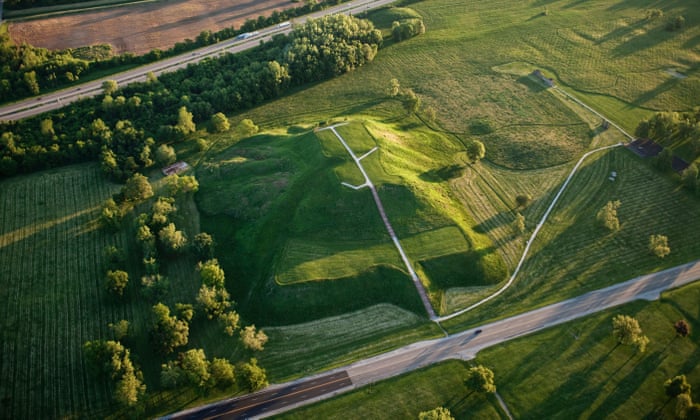
Cahokia was the first settlement, dating from around 650 during the Late Woodland period, but construction of the hills did not begin until 1050, at the beginning of the Mississippian culture period. The place was abandoned between 1250 and 1400. The ancient inhabitants left no written evidence, and the name of that ancient city is still unknown. The name “Cahokia” refers to a later Illiniwek clan who inhabited the region at the time of the arrival of French explorers in 1600, long after the site was abandoned. It has not yet been possible to identify the descendants of the ancient Cahokia, although many groups can be considered among the contenders.
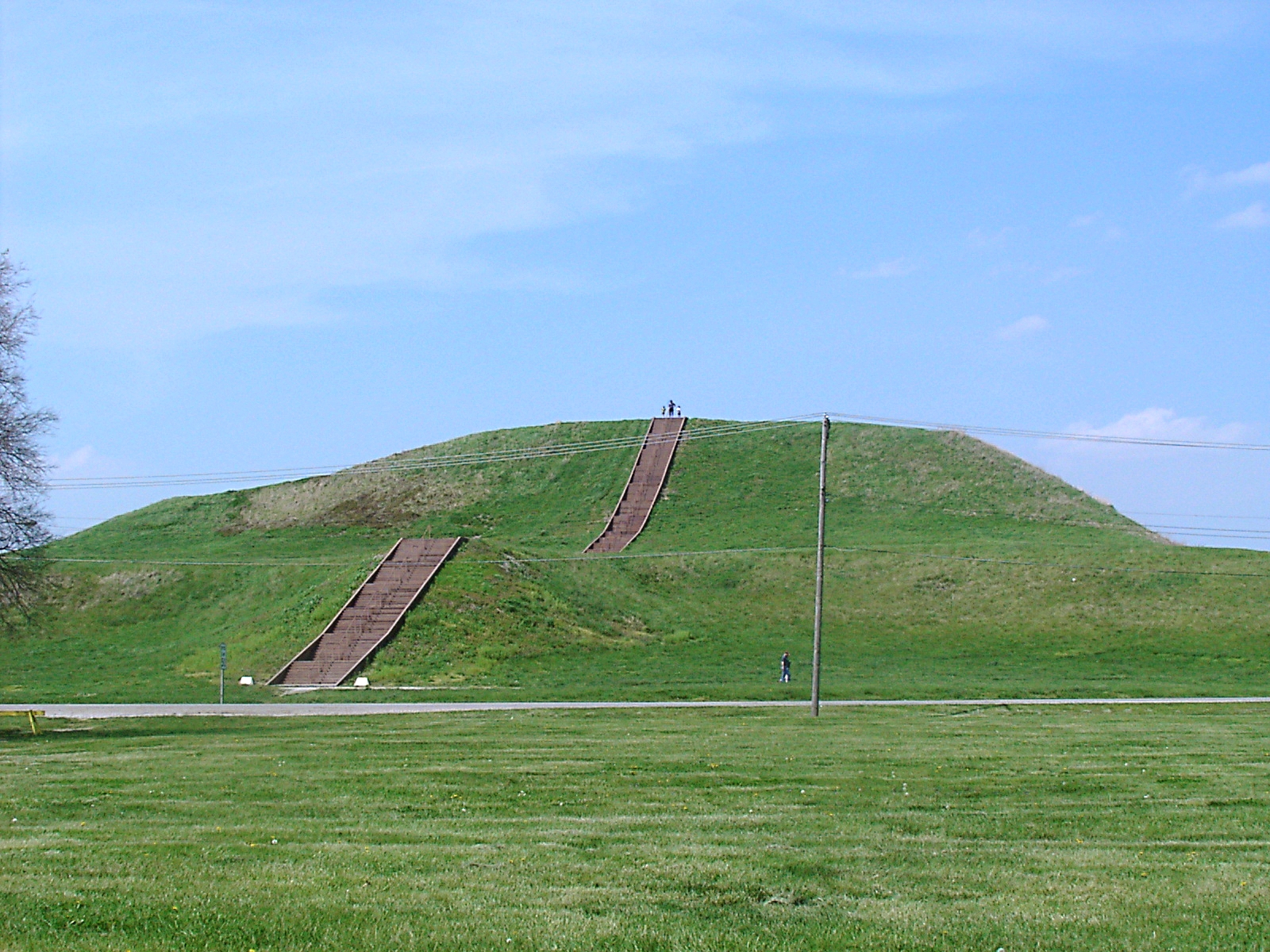
Monk’s Mound is the centerpiece of the ceremonial center. They are massive structures with four terraces and they face south; they are 30.5 meters high, with a base of 316 by 241 meters.
Travel Channel called the Cahokia Mounds of Illinois “the greatest pyramids in the world”.
The excavations carried out on the top of the hill have brought to light the remains of a large building, probably a temple or the residence of the tribal chief, visible from every point of the city. The building had a base of 31.5 by 14.5 meters and reached a height of 15 meters.
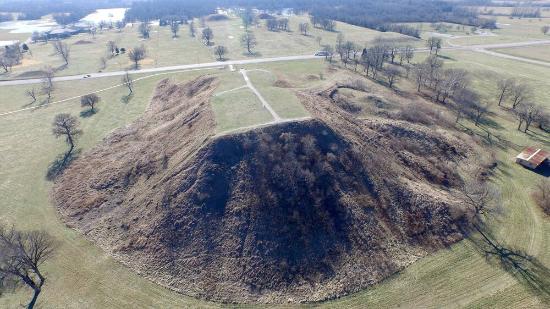
“Woodhenge”, a circle of poles used for astronomical observations, is located west of Monk’s Mound. The name derives from Stonehenge since this structure allowed the study of solstices, equinoxes, and other astronomical cycles. Archaeologists discovered the existence of Woodhenge during excavations. They noticed that the entire schedule was reconstructed several times during the approximately 300 years of settling.
An area of 200,000 m² extends south of Monk’s Mound. The flat terrain initially suggested a floodplain of the Mississippi River, but recent ground studies have shown that this originally undulating territory was made flat by the expert work of local citizens. This means that Cahokia can boast the title of “the largest man-made square in the world”, as there are no such impressive examples today.
An ensemble of wooden constructions, which included observation towers at regular intervals, formed a three-kilometer-long wall that enclosed Monk’s Mound and the surrounding plain. Archaeologists noted that these wooden constructions were rebuilt several times. It seems that the walls divided the religious part of Cahokia from the rest of the city.
In addition to Monk’s Mound, you can admire another 120 similar hills erected in various places and at different distances from the city center. Currently, 109 mounds have been identified, 68 of which are located within the park. Mounds can be classified by type: there are flat, conical, volcanic ones, etc. Each of these models had its own functions. Over time, the city had assumed a rhombus shape, with a major axis of about 1,600 meters.
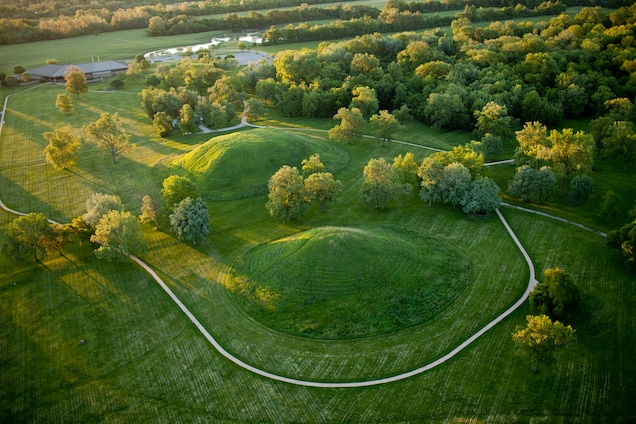
Cahokia was the most important center of aggregation for those people who, today, are known as the Mississippians, whose settlements stretched throughout the Midwest and eastern and southern America. Cahokia maintained trade links with other communities, from the Great Lakes region in the north to the Gulf of Mexico in the south. Cahokian-style pottery and stone tools were found at the Silvernail archaeological site near Red Wing, Minnesota.
At the height of its development, Cahokia was the largest inhabited center north of the great Mesoamerican cities of Mexico. Despite housing only 1,000 people (estimate relative to 1050 AD), its population grew exponentially after that date. Archaeologists estimate a maximum population between 8,000 and 40,000, with most of the people located in peasant villages gravitating around the main center.
Some professors believe that, at the height of development, Cahokia was the largest US city until 1800, when Philadelphia’s estimated population outnumbered Cahokia’s.
While excavating Mound 72, a burial hill south of Monk’s Mound, archaeologists found the remains of a man in his forties, probably a famous Cahokian chief. The man was buried on a bed studded with over 20,000 seashells that formed a hawk, whose head appears beneath a human head, and whose wings are found under a pair of arms and legs. The hawk warrior, or “birdman,” is a common image of the Mississippian culture, and this burial has powerful iconographic significance.
A short distance away was also found a hiding place full of arrowheads of different styles and materials. Divided into four types, each coming from a different geographic area, these tips demonstrate the incredible trade routes that the Cahokia cultivated.
Cahokia was abandoned at least a century before the arrival of the Europeans. The causes can be found in the excessive exploitation of the place, especially in terms of hunting and logging. Another possible cause could be the invasion suffered by some nomadic population, although the only traces of war found are far from the city walls. The function of the walls, however, appears to be more ceremonial than military. Another suggested cause is some epidemic, hastened by urban overcrowding.
The most recent theories, in any case, speak of a political collapse that would be the main cause of the abandonment of Cahokia. According to the study by Emerson and Hedman, the cause of the political collapse is to be found in the massive immigration of people ethnically different from the founders of the city.
